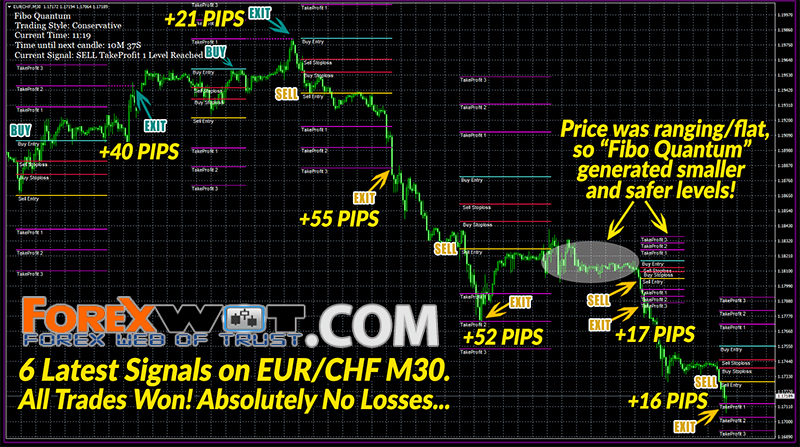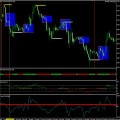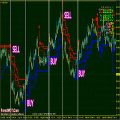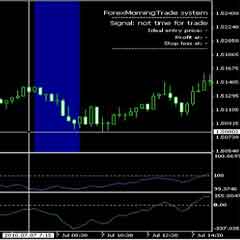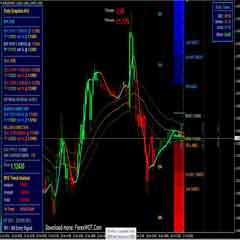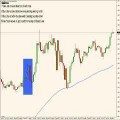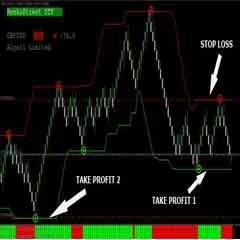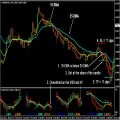The forex market is the world’s largest and also very complicated. Becoming a good trader involves indepth study of market microstructure and not just analysis techniques (think technical analysis). Once you master the concepts of market microstructure the rest is pretty much taken care of.
The best way to learn anything is by doing. Practically all Forex brokers provide free demo accounts where you can trade in real time with imaginary capital.
Don’t be deceived by the seeming simplicity of trading…
Succeeding in trading takes knowledge, skills, experience and A LOT of patience. Learn as much as you can and keep practicing on your demo account.
Once you are consistently profitable trading the demo, start trading with real money but risk as little as you can. You will see a great difference in your own emotional responses when trading with real money.
As for the mentor, you can try to find one but not as much for learning the trade secrets but rather for developing the right attitude towards trading. Your own emotions and the ability to keep them at check make all the difference in trading.
I will go as far as to say that 90% of success in trading is the correct psychology and discipline.
Here are my five steps procedure for anyone learning how to trade…
-
1. Find a trading style that suits you
First, find a trading style that suits you.
Not only that, it has to also fit your schedule. If you have a full time job, it does not make sense to be a day trader.
Go read Market Wizards. It contains interview with successful traders of various trading styles.
This way you’ll learn what works in the market, and pick one trading style that suits you.
Once you’ve decided on one, find out everything you can on it. Let’s assume you want to be a trend follower.
You can look at:
Academic research papers – You can google academic research papers. E.g. Search for ‘trend following academic research papers’.
Books – Search for books relevant to your trading style. E.g. Search for ‘trend following’ on Amazon.
YouTube – Watch videos and learn the thought process of other traders. E.g. Search for ‘trend following’ on YouTube.
Google – You can always find hidden gem here. Like interviews, podcasts, and blogs related to trend following.
Social Media – You can connect with traders who are successful. Follow them on Twitter and Facebook etc.
-
2. Develop your trading plan
A trading plan is a structure, or a set of guidelines, that defines your trading.
It removes subjectivity in your trading, minimize the roller coaster emotions, and keeps you prepared at all times.
So, how do you develop a trading plan?…
Below are 7 essential questions that every trading plan must answer:
Time frame traded
You must know the time frame you are executing your trades. For day traders, you would be trading lower time frames like 5 minutes. For swing/position trader, you would be trading higher time frames like 4 hour or daily.
Markets traded
You must know which markets you will be trading. Would you trade all markets, or just trade a certain sector?
Risk management
You must know how much risk you are putting on each trade, and how it will change as your trading capital increase/decrease over time. What % of your account will you risk on each trade?
What are the conditions of your trading setup?
You need to define what is the exact market condition required before you put on a trade.
When to enter
You need to define how exactly will you enter a trade.
When to exit if you are wrong
Whenever you enter a trade, you must know the point at which you are wrong, and get out. Which is the point on the chart that will prove your wrong?
When to exit if you are right
When price goes in your favor, you must know how you will exit your trade. Would you trail your stops or set a profit target ahead of time? Would you look to take partial or full profit?
-
3. Execute your trading plan
Once you’ve completed your trading plan, forward test it in the live markets.
You can do it on demo or small live account.
I would suggest trading micro lots on a live account, to take into account how psychology affects your trading.
You have to execute your trades consistently according to your trading plan. This is where your discipline comes into play, only taking trading setups that meet your trading plan.
-
4. Record your trades
Executing your trades consistently isn’t enough. You must record down your trades to collect relevant statistical data.
Why?…
So you can make an objective conclusion and know whether your trading plan has an edge in the markets.
You can easily do this on an excel spreadsheet with the relevant metrics below:
Date – Date when your trade is entered
Time Frame – The time frame you are entering on
Setup – The trading setup that trigger your entry
Product – Financial product that you trade E.g. Apple, Gold, Eur/usd
Lots – Position size you entered
Long/short – Direction of your trade
Tick value – Value per pip. E.g. 1 standard lot of Eurusd is $10/pip
Price In – Price you enter your trade
Price Out – Price you exited, at profit or loss
Stop loss – Price where you will exit your trade if wrong
Profit & loss – Profit or loss from this trade
Initial Risk in $ – Nominal risk value of this trade
R – Your initial risk of this trade. E.g If you made 2 times your initial risk, you made 2R.
-
5. Review your trades and find your edge
After you have a sample size of 100 trades, you can look to review your statistics to see whether you have an edge in the markets.
The most important trading equation you must know:
Expectancy = (Winning % * Average win) – (Losing % * Average loss) – (Commission + slippage)
If you have a positive expectancy, congratulations! You have an edge in the markets.
But what if you don’t have?….
You can consider:
Increase your winning % – Be more selective with your entries. Look for other confluence factors that can be added to your trading plan.
Increase your average win – Ride your winners longer. You can do this by trailing your profits as price moves in your favor.
Decrease your average loss – Cut your losses. You can do this by cutting your losers quickly.
TRADER NOTE:
If you do not have an edge in the markets, increasing your frequency of trades will not make you profitable. It will only make you lose faster than before.
Likewise, reducing your risk per trade, will still cause you to lose, but at a slower pace.
Once you’ve identified the issues and come up with a solution, repeat the entire process over again.
Develop >> Execute >> Record >> Review… Develop >> Execute >> Record >> Review…
Unfortunately, there is no one size fits all.
Different traders would encounter different issues with their trading plan, and it is your duty to find out what to fix.

